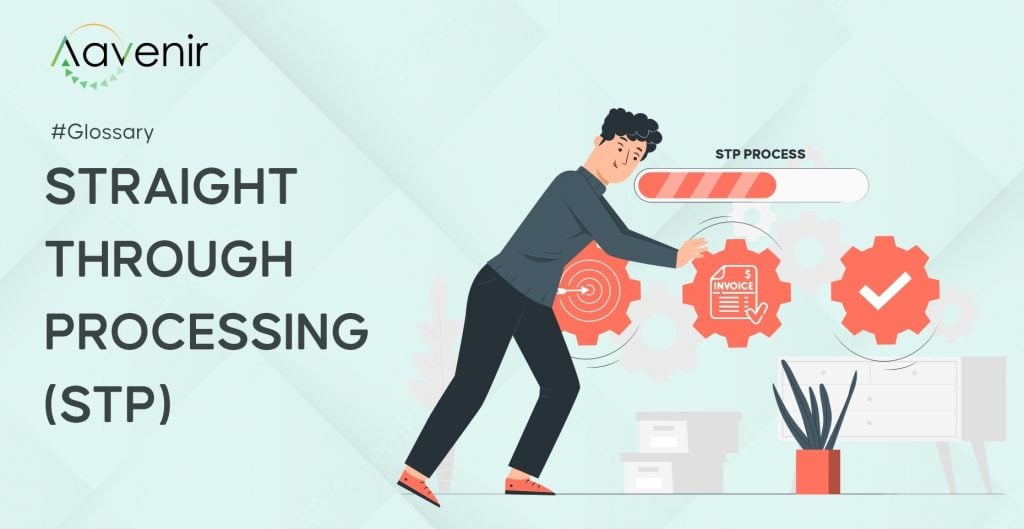What is Straight-through Processing (STP)?

Straight-through processing (STP) is a fully automated process for payments that relies entirely on electronic transfers and does not require any manual effort. As a result, financial organizations employ straight-through processing to expedite payment processing while maintaining security.
The digital environment has altered the lifespan of a financial transaction. What used to take days can now be automated and completed in minutes. One of these channels is automated electronic payment, sometimes known as straight-through processing or STP.
STP refers to an automated process conducted through electronic transfers sans any manual intervention – used mainly in processing payments and securities trades.
How STP is Helping Streamline Processes Processes for Finance & Accounts Payable Teams?
Traditionally, payment processing was done over the phone or with software that did not support STP. For example, an accounting employee would need to confirm the payment settlement data on both the sending and receiving end. The data would then have to be manually entered into the system. Before payment is released, a supervisor confirms accuracy. And this process can take a few hours and may even go up to several days.
STP streamlines the entire receivables process for businesses. It aids in eliminating manual operations while also speeding up the exchange of money with customers. Accounting automation will lower the number of errors and operational risks. In addition, it enables an organization to reduce overhead costs while still managing cash flow effectively.

Benefits of STP
A credit card transaction is a standard method of payment that frequently needs the collaboration of multiple departments. For example, processing cycles might take days to complete, both on the paying and receiving end. Straight-through processing is particularly advantageous in financial procedures and transaction cycles.
Below Mentioned are a few advantages of STP”
Automation and Electronic Payment
Straight-through processing allows a company to automate back-office operations. This means less human intervention and faster processing. An organization can omit critical steps in the traditional procedure, such as:
- Phone or fax confirmation
- Entering wire transfer information during the settlement process
- Checks and balances that require the involvement of a supervisor to ensure smooth release of payment
- Any manual data input and management involvement
Transactions are processed in real-time. A rule-based system is used in the automation, allowing a brand to monitor the exchange closely.
How STP is Helping Improve The Brand Experience
Brand loyalty and repeat business are the results of brand trust. STP improves customer satisfaction and assists a company in scaling and growing. It provides a great user experience by being convenient. An organization can devote more time to collaboration and less time to collection. Straight-through processing also aids in employee engagement and makes daily operations easier. A solid STP infrastructure enables employees to find data quickly, respond to client questions faster, and provide a more tailored consumer experience. In addition, it allows a brand to concentrate on growth rather than menial labor.
Customers are more motivated to do business when transaction processes are shortened.
Key Takeaways
The traditional way of payment processing is costly, labor-intensive, and inefficient in today’s global economy. STP minimizes complexity and saves money for enterprises. A well-planned strategy can entirely automate your receivables department. It enables the entire system, from inception to settlement, to be handled by technology.
STP or Straight-through Processing can enhance your business processes with financial business intelligence but can never replace a human organization. Instead, it is a tool for handling everyday labor – freeing up time for people to invest in more creative projects.



